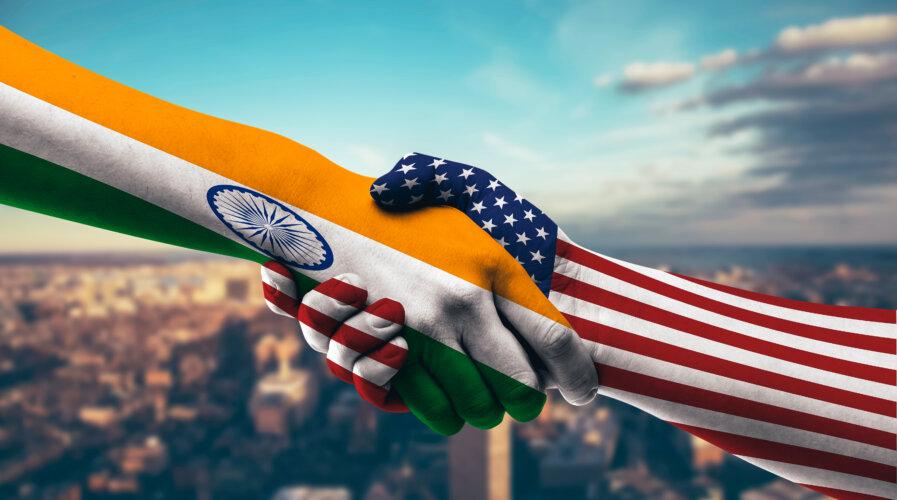
Why are India and the US signing an MoU on semiconductors?Source: Shutterstock
Why are India and the US signing an MoU on semiconductors?
- The US Commerce Secretary, Gina Raimondo, said that the India-US Memorandum of Understanding (MoU) would significantly help India diversify supply chains.
- Raimondo and Indian External Affairs Minister, S Jaishankar, also launched a new initiative called the India-US Strategic Trade Dialogue, which will focus on aligning the export control regimes of both countries for critical technologies.
In January, the US Semiconductor Industry Association (SIA) and the India Electronics and Semiconductor Association (IESA) decided to form a private-sector task force to strengthen collaboration between the two countries in the global semiconductor ecosystem. The move came as the world’s fifth-largest economy was actively seeking strategic alliances around semiconductors while moving to bring chip manufacturing to the country.
Fast forward to this week, the US Commerce Secretary, Gina Raimondo, who is on a four-day trip to India, resumed discussions with her Indian counterparts on the coordination of investment and policies to spur private investment into India’s chip industry. The US and India also signed an Memorandum of Understanding (MoU) to boost coordination of their chip industry incentive plans while discussing the best ways to avoid over-subsidization.
In a significant boost to India’s dream of becoming a semiconductor nation, the US is looking to be a true partner, all while making the global semiconductor supply chain more resilient and diversified. Although there are no official details of the MoU yet, given that the US is the hub for leading fabs and fabless companies, experts think it may allow some American companies to share production-grade technology with India in the long run.
“We would like to see India achieve its aspirations to play a larger role” in the electronics supply chain, Raimondo told reporters on a week-long trip that includes meetings with Indian public- and private-sector leaders in New Delhi. Raimondo, traveling with executives from 10 leading US companies, sees “unbridled enthusiasm and optimism for how we can generate jobs in both of our countries and both share the benefits of a more resilient supply chain,” she added.
Raimondo also said that the US and India are working to align export controls and working on the aforementioned trade dialogue focused on related semiconductor issues. She said that the US Commerce’s Bureau of Industry and Security (BIS) would be taking the lead for the US concerning the task force. Other specific goals of the task force include recommending opportunities and challenges to increase India’s role within the global semiconductor value chain, including chip manufacturing.
“India is already a major hub for semiconductor research, chip design, and equipment engineering, but its future potential is even greater. This task force will help identify tangible ways to unlock this potential by increasing collaboration between the US and India within the global chip ecosystem.” Semiconductor Industry Association’s (SIA) President and CEO, John Neuffer, said in a statement.
The intentions of the Biden administration are clear – to strengthen its connections with Asian allies and offset China’s dominance in cutting-edge technologies. India, although the country does not have native semiconductor firms, its strategy under the government of Prime Minister Narendra Modi focuses on attracting foreign giants. According to experts, that has increased the country’s economic competition against China, which has been in an unceasing chip war with the US.
READ MORE
- The criticality of endpoint management in cybersecurity and operations
- Ethical AI: The renewed importance of safeguarding data and customer privacy in Generative AI applications
- How Japan balances AI-driven opportunities with cybersecurity needs
- Deploying SASE: Benchmarking your approach
- Insurance everywhere all at once: the digital transformation of the APAC insurance industry


